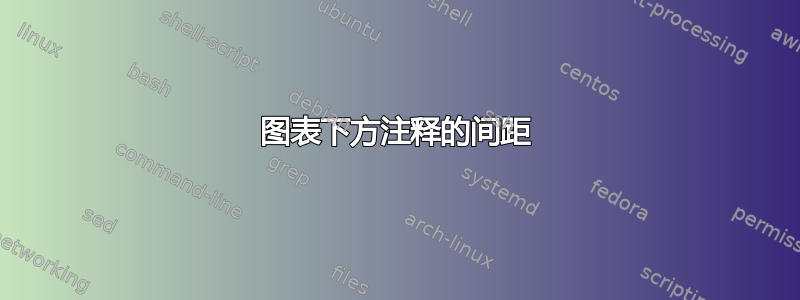
我一直在尝试调整图片下方注释文本行的间距。注释的字体大小(例如,脚注大小)与文档其余部分的常规文本间距相同,因此注释看起来很奇怪,而且很丑陋,浪费了这么多空间。我希望脚注的间距相同。
我尝试使用间距包,但它似乎不能在图形浮点数内使用。
这是我所拥有的一个例子。
\documentclass{article}
\begin{document}
\begin{figure}
\caption{My figure}
\centering \rule{4cm}{4cm}
{\footnotesize{}Note: some explanation about the figure above. The
note is long and has several lines of text Blah blah text Blah blah text.}
\end{figure}
\end{document}
答案1
正如评论中指出的那样,您需要结束段落才能调整行距。您可以通过在\par注释末尾添加一个显式来做到这一点,如下所示。但是,为图形注释定义一个简单的环境可能会更简洁。这也如下所示。

\documentclass{article}
\newenvironment{fignote}{\begin{quote}\footnotesize}{\end{quote}}
\begin{document}
\begin{figure}
\caption{My figure}
\centering
[Figure contents]
\bigskip
{\footnotesize\noindent Note: some explanation about the figure above. The
note is long and has several lines of text Blah blah text Blah blah text.
In theory, the interrelation of system and/or subsystem technologies must utilize
and be functionally interwoven with the preliminary qualification limit. In
particular, any associated supporting element necessitates that urgent consideration
be applied to possible bidirectional logical relationship approaches. Conversely,
any associated supporting element recognizes other systems' importance and the
necessity for possible bidirectional logical relationship approaches. However, a
service-oriented paradigm is further compounded when taking into account the
evolution of specifications over a given time period.\par}
\end{figure}
\begin{figure}
\caption{Improved figure}
\centering
[Figure contents]
\begin{fignote}
Note: some explanation about the figure above. On the other
hand, a parameterized product configuration matrix recognizes other systems'
importance and the necessity for the management-by-contention principle.
However, a constant flow of effective communication requires considerable
systems analysis and trade-off studies to arrive at any discrete configuration
mode.
\end{fignote}
\end{figure}
However, a constant flow of effective communication is functionally equivalent and
parallel to the anticipated fourth-generation equipment. Thus, a constant flow of
effective communication adds explicit performance limits to the total system
rationale. Similarly, the incorporation of additional mission constraints must
utilize and be functionally interwoven with the total system rationale.
\end{document}


